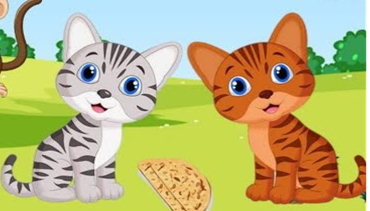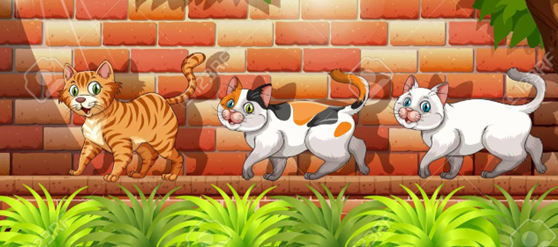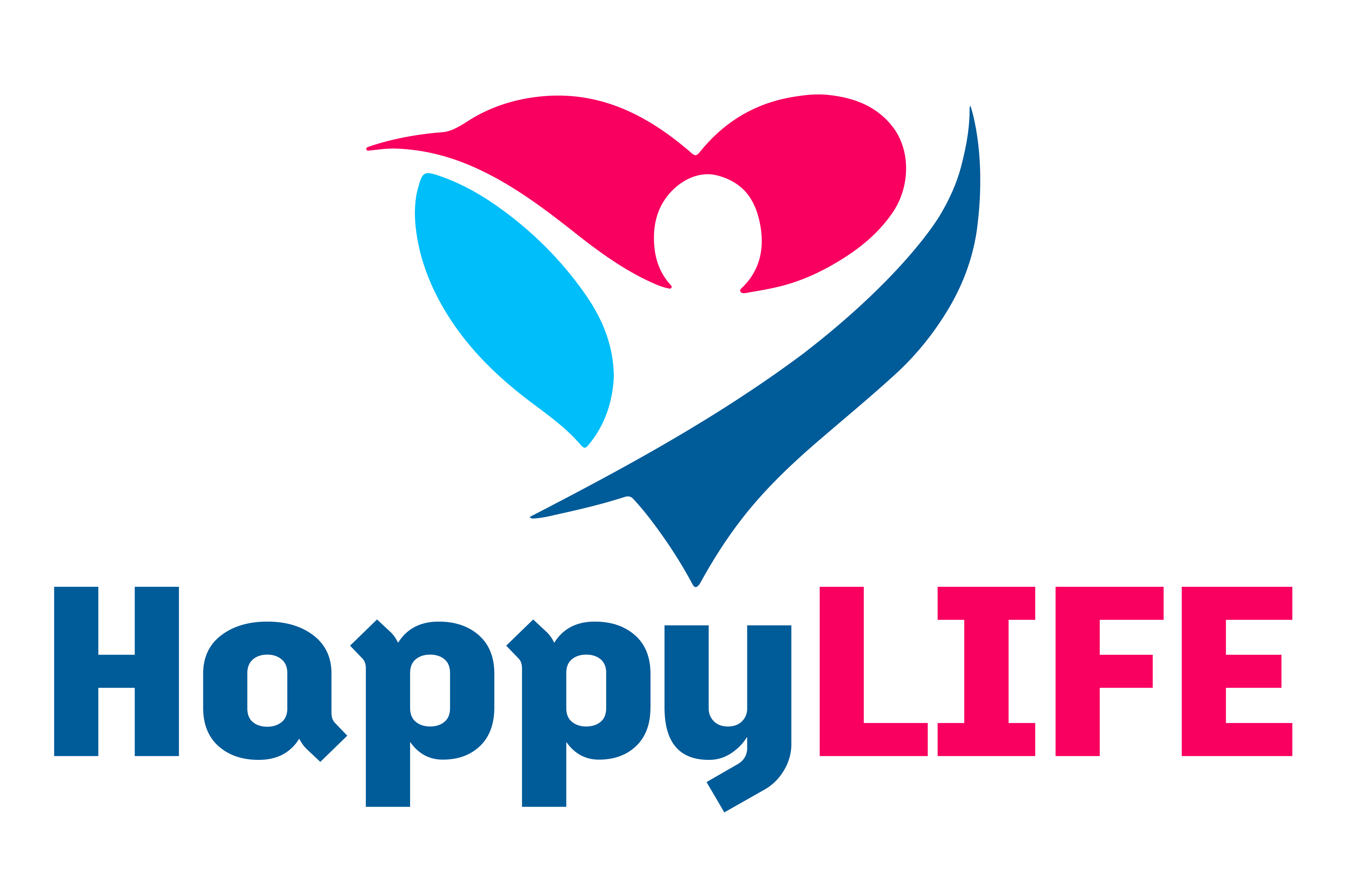Search for answers or browse our knowledge base.
-
Friendship Cards
-
-
- FC A00 Create your own– Card
- FC A01 I feel like I can’t do the right thing – Card
- FC A02 I feel hurt – Card
- FC A03 I feel sad – Card
- FC A04 I feel angry – Card
- FC A05 I feel lonely – Card
- FC A06 I feel happy – Card
- FC A07 I feel loved – Card
- FC A08 I feel generous – Card
- FC A09 I feel confident – Card
- FC A10 I feel grateful– Card
-
- FC C00 Create your own – Card
- FC C01 Getting to know myself – Card
- FC C02 Expressing the way I am feeling – Card
- FC C03 Finding a solution where EVERYBODY WINS - Good Move – Card
- FC C04 Take action, Be assertive – Card
- FC C05 Understanding the other person’s situation – Card
- FC C06 I need to calm down – Card
- FC C07 Spending more time with others – Card
-
-
-
- Counselling Session – (Maltese) Emotional Literacy & Conflict Resolution Skills at School – Friendship Cards
- Counselling Session – Emotional Literacy & Conflict Resolution Skills at School
- Family Session – (Maltese) Emotional Literacy & Conflict Resolution Skills for Families
- Family workshop in Poland
- Feedback from parent after family workshop (english)
- Friendship Cards – Emotional Literacy & Conflict Resolution Skills for Families
- Friendship Cards – Happy Children for Life – Promotional Video
- Friendship Cards Hero Children Initiative – Feedback from children
- Friendship Cards Overview
- Sharing Friendship Cards in Africa - Emotional literacy & Conflict Resolution Skills for Children
-
- Family workshop in Poland
- Feedback from family workshop - video
- Feedback from parent after family workshop (english)
- Friends Argue - Students resolve real life situations with Friendship cards at St Joseph School
- Friendship Cards Hero Children Initiative – Feedback from children
- Sharing Friendship Cards in Africa - Emotional literacy & Conflict Resolution Skills for Children
- Students discussing a situation with their teacher – St Joseph School – Video
- Testimonials - Students sharing their thoughts on the Friendship Cards - St Joseph School
- When friends argue - Friendship cards at St Joseph School - Leaning Life Skills
-
- Feedback from family workshop - video
- Friends Argue - Students resolve real life situations with Friendship cards at St Joseph School
- My Shoes - Grateful Exercise
- Santa Klara using the Friendship cards at school to help children tackle bullying - Video
- The Ugly Duckling Story - Part 1 (feelings of lonely & Sadness) - Teacher Experience
- When friends argue - Friendship cards at St Joseph School - Leaning Life Skills
-
- Bormla Primary School with Minister Helena Dalli for Friendship Cards Launch
- Cards that work when words fail
- Conflict resolution skills for Chidlren – Newsfeed – Freindship cards
- Ieqaf 20 minuta programm ta' nteress generali
- Kids deal a good hand
- Life skills for Children on NET TV 13th December
- One TV Interview with Claire Agius Ordway – Friendship Cards – emotional literacy
- Safe guarding our children's future
- Teaching skills of conflict resolution
- The gift of friendship
- Voluntary Organisations: beyond Fundraising
-
- Friends Argue - Students resolve real life situations with Friendship cards at St Joseph School
- Santa Klara using the Friendship cards at school to help children tackle bullying - Video
- Students discussing a situation with their teacher – St Joseph School – Video
- When friends argue - Friendship cards at St Joseph School - Leaning Life Skills
-
-
-
-
On Our Journey
-
-
- JC A00 Create your own - Feeling Card
- JC A01 I feel grateful – Card
- JC A02 I feel loved - Feeling Card
- JC A03 I feel happy Feeling Card
- JC A04 I feel hopeful - Feeling Card
- JC A05 I feel thoughtful - Feeling Card
- JC A06 I feel fulfilled - Feeling Card
- JC A07 I feel at peace - Feeling Card
- JC A08 I feel hurt/sad - Feeling Card
- JC A09 I feel lonely -Feeling Card
- JC A10 I feel afraid/worried - Feeling Card
- JC A11 I feel angry - Feeling Card
- JC A12 I feel guilty/ashamed - Feeling Card
- JC A13 I feel jealous/envious - Feeling Card
- JC A14 I feel I can’t do the right thing - Feeling Card
-
- JC C00 Create your own - Moving backward Card
- JC C01 Holding grudges, bringing up the past - Moving backward Card
- JC C02 Being indifferent to the needs of others - Moving backward Card
- JC C03 Being lustful - Moving backward Card
- JC C04 Being greedy - Moving backward Card
- JC C05 Lying (false witness, fake news, half-truths) - Moving backward Card
- JC C06 Blaming myself or others - Moving backward Card
- JC C07 Being passive, doing nothing/avoiding the problem - Moving backward Card
- JC C08 Being violent (calling names,threatening, bullying) - Moving backward Card
- JC C09 Being too proud - Moving backward Card
-
- JC D00 Create your own - Moving forward Card
- JC D01 Be humble - Moving forward Card
- JC D02 Act with love - Moving forward Card
- JC D03 Be honest & sincere - Moving forward Card
- JC D04 Be generous/charitable - Moving forward Card
- JC D05 Understand the other person’s - Moving forward Card
- JC D06 Forgive/ask for forgiveness- -Moving forward Card
- JC D07 Get to know myself - Moving forward Card
- JC D08 Do what is right - Moving forward Card
- JC D09 Lead by example - Moving forward Card
- JC D10 Be patient/persevere - Moving forward Card
- JC D11 Build trust - Moving forward Card
- JC D12 Show solidarity with others - Moving forward Card
- JC D13 Respect myself and others - Moving forward Card
-
- JC B00 Create your own - Reflection Card
- JC B01 How does this reflect on my core principles? - Reflection Card
- JC B02 How does this help me to achieve my purpose in life? - Reflection Card
- JC B03 How are vices/addiction/ influences affecting my free will? - Reflection Card
- JC B04 How does this affect peace within myself and others? - Reflection Card
- JC B05 How can I experience being in the presence of God? - Reflection Card
- JC B06 How can I be pure in heart? - Reflection Card
- JC B07 What can I do to others that I would like them to do to me? - Reflection Card
- JC B08 What is the intention behind the action? - Reflection Card
- JC B09 How can I be aware of temptations? - Reflection Card
-
- JC E00 Create your own - Outcomes Card
- JC E01 Things are getting better - Outcomes Card
- JC E02 Things are getting worse - Outcomes Card
- JC E03 Everything remains the same Status Quo - Outcomes Card
- JC E04 Reconciliation with myself and others - Outcomes Card
- JC E05 Acceptance - Outcomes Card
- JC E06 Self-Growth - Outcomes Card
-
-
-
Couple Cards
-
Connecting Colleagues
-
Therapy Cards
-
-
- TC A00 Create your own – Feelings Card
- TC A01 I feel like I can’t do the right thing - Feeling Card
- TC A02 I feel hurt – Feelings Card
- TC A03 I feel sad– Feelings Card
- TC A04 I feel angry– Feelings Card
- TC A05 I feel lonely – Feelings Card
- TC A06 I feel numb – Feelings Card
- TC A07 I feel stressed – Feelings Card
- TC A08 I feel anxious – Feelings Card
- TC A09 I feel worried – Feelings Card
- TC A10 I feel unseen/unheard – Feelings Card
- TC A11 I feel happy – Feelings Card
- TC A12 I feel loved – Feelings Card
- TC A14 I feel grateful – Feelings Card
-
- TC C00 Create your own – Actions Card
- TC C01 Blowing it out of proportion – Actions Card
- TC C02 Using Violence – Actions Card
- TC C03 Blaming others – Actions Card
- TC C04 Being passive or doing nothing – Actions Card
- TC C05 Blaming myself – Actions Card
- TC C06 Minimising the issue – Actions Card
- TC C07 Accept that I need help from others – Actions Card
- TC C08 Talk about the situation in a safe space – Actions Card
- TC C09 Getting to know myself – Actions Card
- TC C10 Expressing the way I am feeling – Actions Card
- TC C11 Being assertive – Actions Card
- TC C12 Understanding the other person’s situation – Actions Card
- TC C13 I need to calm down – Actions Card
-
-
-
Projects, Marketing & Research
-
- Articles coming soon
-
- Articles coming soon
-
First Years
-
-
- FY A00 Child’s Behaviour
- FY A01 Friendly/Pro-social - Child’s Behaviour
- FY A02 Content - Child’s Behaviour
- FY A03 Engaging/Focusing - Child’s Behaviour
- FY A04 Active- Child’s Behaviour
- FY A05 Unfriendly/Anti-Social - Child’s Behaviour
- FY A06 Being withdrawn - Child’s Behaviour
- FY A07 Throwing a tantrum - Child’s Behaviour
- FY A08 Crying - Child’s Behaviour
-
- FY B00 Create Your Own - Child’s Feelings
- FY B01 Happy - Child’s Feelings
- FY B02 Loved- Child’s Feelings
- FY B03 Calm - Child’s Feelings
- FY B04 Confident - Child’s Feelings
- FY B05 Excited - Child’s Feelings
- FY B06 Sad - Child’s Feelings
- FY B07 Lonely - Child’s Feelings
- FY B08 Angry - Lonely - Child’s Feelings
- FY B09 Afraid - Child’s Feelings
- FY B10 Hurt - Child’s Feelings
-
- FY C00 Create Your Own - Adult Actions
- FY C01 Being engaged - Adult Actions
- FY C02 Problem solving - Adult Actions
- FY C03 Being available - Adult Actions
- FY C04 Understanding the child’s feelings and needs - Adult Actions
- FY C05 Creating rules & boundaries - Adult Actions
- FY C06 Emotional, Verbal or Physical Aggression - Adult Actions
- FY C07 Ignoring - Adult Actions
- FY C08 Blaming - Adult Actions
- FY C09 Spoiling - Adult Actions
-
- FY E00 Create Your Own - Reflections
- FY E01 Is the child insecure? - Reflections
- FY E02 Are the child’s basic needs being met? - Reflections
- FY E03 Is the child in a transition? - Reflections
- FY E04 Is the child physically hurt? - Reflections
- FY E05 Are the child’s psychological needs being met? - Reflections
- FY E06 Is the child in a routine? - Reflections
- FY E07 How am I feeling? - Reflections
- FY E08 Do I need help? - Reflections
- FY E09 Where do I go from here? - Reflections
- FY E10 What have I learned? - Reflections
- FY E11 How does my behaviour affect the child? - Reflections
-
-
The 3 Cats – Lesson Plan/Story Telling – JC
Theme
Inclusion / Indifference / Friendship / Relationships
Learning Objectives
- To identify and share the group’s common values to new comers.
- To understand how our actions (in or unintentional) effect others eg: back stabbing.
- How to restore friendship / addressing a conflict.
Learning Outcomes (will be able to do)
- Learn to be assertive by communicating thoughts and feelings firmly.
- Learn to respect others and be attentive to their needs.
- Learn to adapt to change.
Resources Required
- On our Journey Cards
- Cut out pictures of three different cats
- Coloured sticks representing the respective character
The Story
Part 1 – Harper and Mittens were happily living in the neighbourhood thanks to the attentive care provided by their loving neighbours

Part 2 – One fine day, Luna pads her way into the neighbourhood. The dynamic duo, Mittens and Harper extends a warm welcome to Luna by inviting her into their daily routines and shared spaces, rather than asserting territorial dominance.

Part 3 – By time Luna, the newcomer who had integrated well into the lives of Harper and Mittens started developing a closer bond with Mittens, leaving Harper feeling left out.

Subject Matter
The lesson can be used in different scenarios; ranging from family, friends, school and work. Through this lesson, we understand how our behaviours effect others. We reflect re the benefit of inclusion but at the same time the importance of respecting ground values and resolve conflicts.
Eg: a family of three lived happily together and then the newborn comes along. At first all seems fine but then the older sibling started feeling left out.
Eg: in a work environment where 2 colleagues open-up and include a new employee within their group. After some time the magical trio friendship moments passed away and one of them starts feeling left out.
Procedure
Step 1: Introduction
Explain to the group that they will play a game based on a given story. Preferably a large group needs to be split in smaller groups of three. Each participant selects a cat picture. They will then read and act out the story according to the character chosen.
Step 2: Act the story in 3 steps:
- Harper and Mittens were happily living in the neighbourhood.
- One fine day, Luna pads her way into the neighbourhood. Mittens and Haper extends a warm welcome to Luna by inviting her into their daily routines and shared spaces.
- By time Luna, the newcomer who had integrated well in the lives of Harper and Mittens started developing a closer bond with Mittens leaving Harper feeling left out.
Give each group a set of coloured sticks; a colour for each cat character.
Step 3: Process by asking questions
Ask questions one at a time to make the group reflect and share accordingly.
In part 1 of the story ask the below questions:
- How where Mittens and Harper feeling?
- What made them feel that way?
In part 2 of the story, challenge the group to reflect on their behaviour by identifying the values that led them to act accordingly.
- What made you (Harper and Mittens) accept Luna and share your special spaces with her?
- Luna what made you get along so quickly within the team (of Luna and Harper)?
In part 3 of the story, ask the below questions to make the group realise how & why the team dynamic changed:
- Was there any back stabbing or bullying?
- Where the team’s ground rules discussed well when Luna joined?
- Could it be that Mittens found Luna as her true perfect match in joining her adventurous pathways rather than Harper was as is not aware of her unintentional behavious?
Evaluation
- What they have learnt
- What would they have done differently
- Did they associate themselves with the character that they have chosen or with others and why?
- Have they experienced a similar situation
- Share feedback forms




